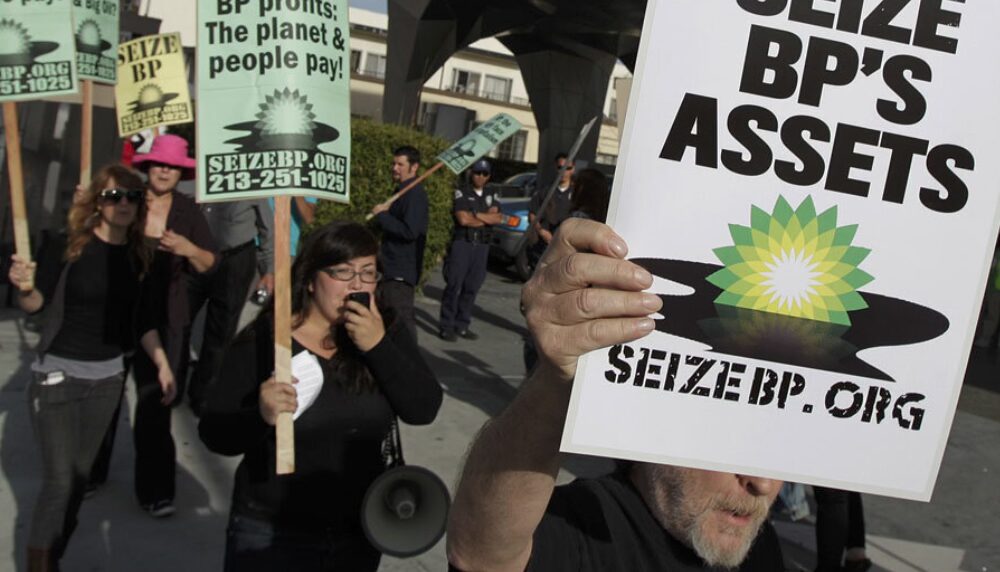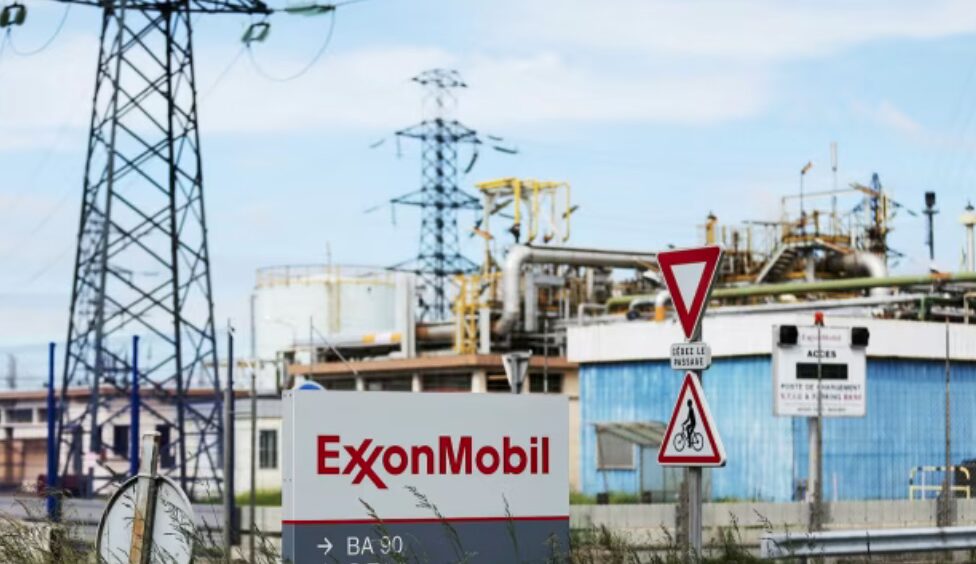In an ambitious stride toward corporate responsibility, ExxonMobil’s latest ESG report introduces a breakthrough in environmental technology: the Optimized Oil Positioning System, otherwise referred to as OOPS. Touted as a pioneering measure to reduce the visual and ecological footprint of oil dispersal in marine environments, this initiative is drawing praise from industry insiders as a savvy response to past industry missteps, such as BP’s infamous Gulf oil spill.
The “Optimized Oil Positioning” Approach
Unlike traditional spill management methods, ExxonMobil’s Optimized Oil Positioning System is engineered to minimize the visible and public impact of any release, large or small, ensuring that both environmental and reputational damage are kept to a minimum.

Dale Brinks, an ExxonMobil spokesperson, explains, “This technology employs refined dispersal agents and a proprietary release protocol that enhances natural water clarity, making it possible for marine ecosystems to maintain an appearance of health and vibrancy. Our objective is clear: to responsibly manage oil dispersal without the disruptive visibility of past incidents, which drew so much public concern.”

The report hints at ExxonMobil’s motivation for this innovation, citing the extensive reputational and financial damage BP suffered from the highly visible 2010 Gulf oil spill, which spread unchecked across news channels and social media. “The BP spill taught the industry a valuable lesson,” Brinks continues. “It became clear that visibility directly impacts public trust. With Optimal Oil Positioning, we’re able to quickly restore natural aesthetics to affected waters, allowing us to focus on rehabilitation without unnecessary alarm.”
Protecting Ecosystems and Public Perception Simultaneously
ExxonMobil asserts that its approach is a practical response to the needs of marine ecosystems and a growing public demand for corporate responsibility. “When an oil release is invisible to the eye, the environment has a real opportunity to begin healing without the heavy presence of human intervention. This is a win-win,” says Brinks. “With waters that look pristine, we’re not only preserving marine life but also providing peace of mind to communities, who can have confidence that ExxonMobil is minimizing the visible impact.”

The “Low-Impact” approach was tested successfully in multiple regions, with waters clearing within hours of dispersal. Scientists outside ExxonMobil have raised questions about the ecological effectiveness of this “optimal-positioning” dispersal method, but ExxonMobil remains confident. “The clearer the water, the clearer our commitment to innovation,” Brinks assures.

Transparency and Technology: Safeguarding Corporate Accountability
With the “Optimized Oil Positioning System” ExxonMobil positions itself as a leader in industry transparency, claiming that public acceptance of oil dispersal is critical to future energy development. “This new protocol lets us address environmental needs discreetly and effectively,” Brinks concludes. “The result is a responsible, minimally disruptive approach that keeps ecosystems intact and builds trust in ExxonMobil’s long-term commitment to sustainability.”
ExxonMobil plans to host open forums for the public to discuss the benefits of OOPS, alongside community events emphasizing the importance of clear, beautiful oceans for future generations. “We’re taking a proactive step toward a future where oil dispersal can coexist with nature’s beauty,” Brinks says proudly.


